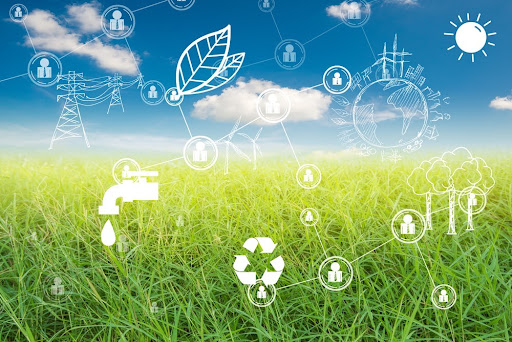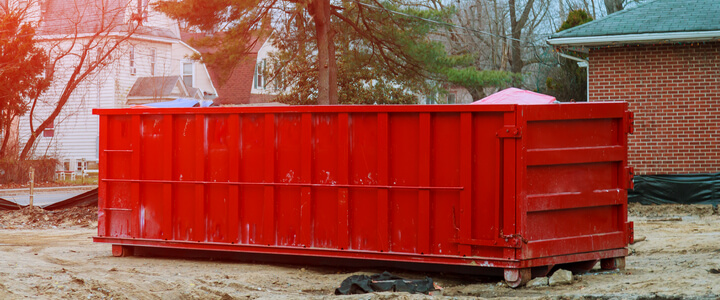3 Unexpected Benefits of Adopting the Circular Economy in the Energy Sector
The circular economy involves being more mindful of resource usage and investigating how to reduce waste, optimize recycling opportunities and prioritize sustainability. People in the energy sector can anticipate many benefits by setting circular economy milestones — including some you may not expect.

1. Reduce Emissions Through Modularity
Carbon capture technologies are becoming increasingly popular, especially with many nations working toward CO2 reduction goals. However, many of the technologies required to achieve it are cumbersome, which could make them more challenging to install.
A pioneering option installed at a 7 MW-class biomass power plant in Japan shows another possibility. This instance is the first use of the system — which offers a 0.3 metric ton carbon capture capacity per day — in a commercial setting.
One of the biggest selling points of this technology is its modest size. It measures only 5 meters by 2 meters and has a modular design for easy transportability. Although this model was initially tested in the United Kingdom, the setup used in Japan has some extra features, including an automation component.
It also has a remote monitoring option, and the system will eventually capture carbon from diverse emissions sources. If this installation pays off, it will prove to others in the energy sector that they don’t necessarily need extensive equipment to meet their carbon emissions reduction goals.
2. Make Recycling More Economical and Accessible
Committing to an improved recycling program for products used in the energy sector isn’t always immediately possible. For now, few solar panels get recycled, and those that do go through energy-intensive processes. However, while investigating more-sustainable ways to manufacture those products, researchers at Macquarie University found a better way to recycle them too. It involves using microwave radiation instead of oven heat for the annealing processes.
Tests showed this method saves significant time and energy. Microwave energy softens the protective coating on the solar panel’s silicon plate, making it removable through a mechanical peeling process. Researchers said this option works without harsh chemicals.
People are also exploring effective wind turbine recycling methods. One recently developed process recycles up to 90% of the materials and uses the remaining 10% for cement manufacturing.
As more companies experiment with options, the possibilities become more affordable and easy to use. Renewable energy companies will be able to offer customers recyclability as a major selling point.
3. Earn More Attention and Respect From Stakeholders
People in the energy industry must have long-term views when they choose which equipment to use and how to operate it responsibly. For example, transformer decommissioning can play an important part in a company’s circular economy. Some companies offer teardowns of transformers up to 1,200,000 pounds, catering to companies with large-scale needs.
Another option is to prioritize purchasing products made with recycled materials. One company built a thermal energy storage solution built with recycled ceramics. Representatives say this solid-state option has a long life span and offers reasonable maintenance costs. They source the ceramic from industrial waste, such as steel slag.
Today’s stakeholders increasingly want to support energy companies that have invested in genuine circular economy efforts. As the public becomes more concerned with creating a sustainable future, they’ll look for companies that have laid the groundwork for real progress in facilitating the circular economy. Succeeding in that area may mean working with companies that are pushing the boundaries of what’s possible.
One example is the Spanish company Renercycle. It recently closed its second funding round in less than a year, suggesting investors are interested in its business model. For now, its operations involve dismantling, repairing and refurbishing wind turbine components sold in the spare parts market and recycling anything unsuitable for reuse. This company’s work shows some of the numerous ways to make practical headway in the energy sector within the circular economy.
Focusing on the Circular Economy Is Worthwhile
Impressive progress is making the energy industry more sustainable. However, many manufacturing processes and end-of-life strategies for energy equipment need improvement. These examples prove that the executives who implement circular economy strategies can meet sustainability goals while staying relevant in a competitive marketplace.
Since circular economy solutions for the energy sector are still emerging, people should continue to pay close attention to new options. Even if businesses don’t adopt them immediately, they should monitor the developments most closely linked to their industry lines.


















